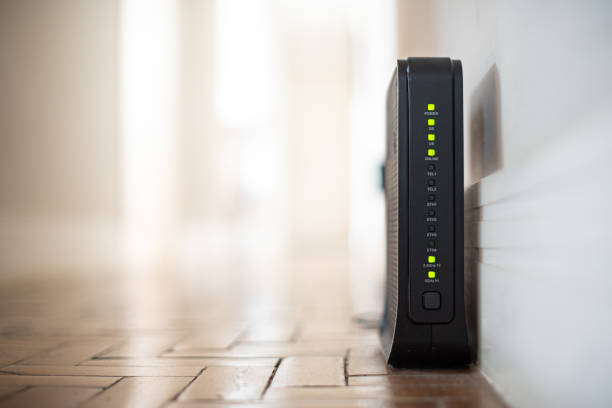Smart Dust: The Microscopic Revolution in Connectivity
In a world where connectivity is king, a groundbreaking technology is emerging that could redefine our understanding of networked devices. Smart dust, an innovation at the intersection of nanotechnology and telecommunications, promises to usher in an era of ubiquitous sensing and communication at a scale previously thought impossible. This article delves into the fascinating world of smart dust, exploring its potential to transform industries, revolutionize environmental monitoring, and push the boundaries of what it means to be connected.

Anatomy of a Mote
At the heart of smart dust technology are individual units called motes. Each mote typically consists of a microprocessor, a power source, sensors, and a wireless transceiver. Despite their minuscule size, these components work together to gather data, process information, and communicate with other motes or a central hub. The sensors can measure various environmental parameters such as temperature, light, vibration, or chemical composition, depending on the application.
Communication in the Dust Cloud
One of the most intriguing aspects of smart dust is its communication mechanism. Traditional wireless protocols are often too power-hungry for such tiny devices. Instead, smart dust networks may utilize novel communication methods like optical scattering or passive backscatter. Some designs propose using lasers or LEDs for line-of-sight communication, while others explore the possibility of leveraging ambient radio waves for power and data transmission.
Applications Across Industries
The potential applications of smart dust span a wide range of industries and scenarios. In agriculture, motes could be scattered across fields to monitor soil moisture, nutrient levels, and crop health, enabling precision farming at an unprecedented scale. In manufacturing, smart dust could be integrated into materials to detect structural weaknesses or monitor production processes in real-time. Environmental scientists could use smart dust to track pollution levels, monitor wildlife habitats, or study climate change effects with minimal disruption to ecosystems.
Challenges and Ethical Considerations
Despite its promise, smart dust technology faces significant challenges. Power management remains a critical issue, as these tiny devices must operate for extended periods without battery replacement. Researchers are exploring energy harvesting techniques, such as using vibrations or temperature differentials, to power motes. Additionally, the sheer number of devices in a smart dust network poses data management and privacy concerns. As these invisible sensors become more prevalent, questions about data ownership, consent, and potential misuse must be addressed.
The Road Ahead for Smart Dust
As research progresses, we can expect to see smart dust move from laboratories to real-world applications in the coming years. Advances in materials science and nanotechnology will likely lead to even smaller, more capable motes. Integration with other emerging technologies, such as artificial intelligence and blockchain, could enhance the capabilities and security of smart dust networks. While widespread deployment may still be years away, the potential impact of this technology on our connected world is immense, promising a future where the very air around us becomes an intelligent, responsive network.
In conclusion, smart dust represents a paradigm shift in how we think about connectivity and sensing. As this technology matures, it has the potential to create an invisible layer of intelligence that permeates our environment, offering unprecedented insights and capabilities. While challenges remain, the journey towards realizing the full potential of smart dust is well underway, promising to reshape industries and open new frontiers in telecommunications and beyond.





